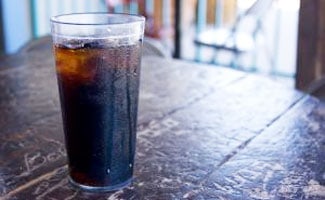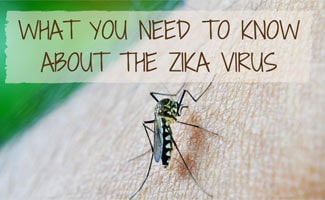The Hidden Dangers of Antibacterial Soap and Triclosan
 If you’re using antibacterial soap, you should probably stop. You might think that you are doing yourself a favor by killing unwanted bacteria and germs while cleaning your hands, but you actually might be doing more harm than good.
If you’re using antibacterial soap, you should probably stop. You might think that you are doing yourself a favor by killing unwanted bacteria and germs while cleaning your hands, but you actually might be doing more harm than good.
Read on to find out why, and learn the dangers of antibacterial soap.
What is Antibacterial Soap?
Antibacterial soap is defined by Wikipedia as “any cleaning product to which active antimicrobial ingredients have been added.” As the name implies, they kill bacteria but not the viruses that cause and spread the common cold and flu. Despite what they claim, you’re only killing a fraction of the germs that make you sick.
is Antibacterial Soap Dangerous?
Most antibacterial products contain an ingredient called “Triclosan.” According to the FDA, antibacterial soap may contain Triclosan which is “an ingredient added to many consumer products to reduce or prevent bacterial infection.” However, there are a number of health risks and reasons why Triclosans are bad for you (that you can read about in our in-depth article about Triclosans). That’s reason alone not to use antibacterial soap, but there are other rationales too.
Growing Antibiotic Resistance
Similar to what is happening in the medical field with the overprescription of antibiotics to treat illnesses that may not even require this extreme treatment, anti-bacterial soaps can potentially create antibiotic-resistant bacteria, too. By overusing these bacterial killing products we overexpose our bodies to them and build up more resistance to the killer while also prompting the bacteria to grow stronger and mutate into more damaging strains. So, it is in our best interest to reduce our use of all bacteria killers so we can still use them when we truly need them – for both medicine and cleaning.
Antibacterial Soap is Ineffective
It’s been speculated for some time that antibacterial soap is no more effective than using soap and water. In December 2014, after more than 40 years of research on this subject, the Federal Drug Administration (FDA) came out with a ruling that supports this hypothesis. They are requiring manufacturers to provide substantial evidence that anti-bacterial soaps are safer and more effective than soap and water by late 2016. This would not only protect consumer health, but it would also prevent consumers from being misled by false packaging and claims.
The future of Antibacterial Soap
If the FDA does not receive convincing evidence by 2016, then any antibacterial messaging or ingredients must be reformulated or relabeled, it will be pulled off shelves. While consumers will benefit, companies from CVS to Bath and Body Works could be impacted. They not only sell these products; they also produce their own private label brands of it. The FDA estimates it could cost upwards of $200-300 million to adapt to the new regulation. The other option is to halt the production of anti-bacterial soaps all together. The FDA’s current rule only applies to personal hygiene products, but it could eventually impact other categories like kitchen tools, children’s toys and toothpaste.
Already Making Changes for the Better
Marketers and the consumer product industry has spent a lot of money successfully convincing us that anti-bacterial soap is better and stronger than the alternatives. However, healthcare companies including Kaiser Permanente and Johnson & Johnson disagree. In fact, they have already discontinued the use and sale of antibacterial soap. Other public areas where germs are easily spread are also considering moving back towards using regular soap. For example, students at The University of Texas have been campaigning to ban antibacterial soap from campus.
Alternatives to Antibacterial Soap
The best method for removing bacteria from our bodies is to use non-triclosan liquid or bar soap. Using warm or cold water, lather both hands well and rub together vigorously for at least 20 seconds. Make sure to scrub especially hard around the cuticles and palm creases where germs tend to cling and hide. Then rinse and dry well with a clean towel or air dryer. If possible, use a towel or elbow to turn off the faucet and open door to leave the restroom.
Video on how to Wash Hands Thoroughly
A doctor on NBC’s Dateline used an infrared light to demonstrate how to clean your hands properly. This video shows where the dirtiest parts of your hands are so you can be more careful next time you are cleaning your hands.
Is Hand Sanitizing Liquid Safe to Use?
In a hurry or maybe you are not near a sink to wash up? Another safe alternative is to use a hand sanitizer like Purell (View on Amazon). Unlike foamy soaps you often see at restaurants and airports, sanitizers do not contain harmful Triclosans. Keep a mini-bottle in your purse or car so that you have it on hand when you need it, especially in dirty places like the gas station or gym.
So now that you’re more informed about the hazards and risks of antibacterial soap, do yourself a favor and read the fine print on the cleaning product labels you use. If it contains Triclosan, you may be better off to leave it alone.
Do you think the FDA should ban Triclosan filled cleaning products? Do you still use anti-bacterial soaps?



